GPCR/G protein
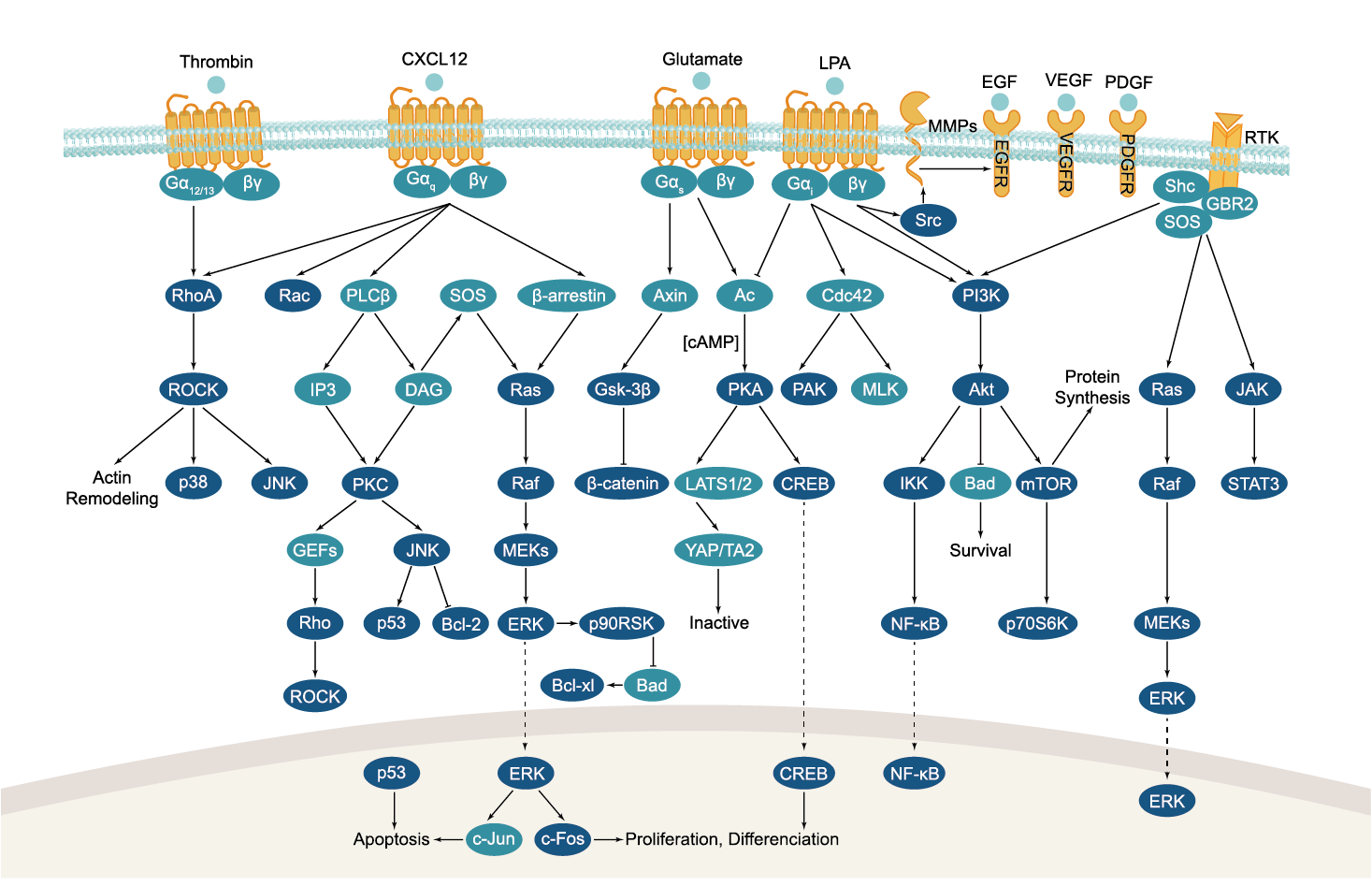

All GPCRs share a common seven trans-membrane structure. GPCRs are associated with heterotrimeric G-proteins which are GTP-binding proteins made of alpha, beta, and gamma subunits. When a ligand binds to GPCR, it activates the attached G-protein, the GDP is replaced with GTP. The activated G-protein then dissociates into an alpha and a beta-gamma complex which activates downstream signaling pathways. These intracellular signaling pathways include cAMP/PKA, calcium/NFAT, phospholipase C, protein tyrosine kinases, MAP kinases, PI-3-kinase, nitric oxide/cGMP, Rho, and JAK/STAT.
GPCRs are one of the most important therapeutic targets for various diseases, over 30% of all modern medicinal drugs target this family. Aberrant GPCR functions are involved in pathological conditions such as neurological, immunological and hormonal disorders. A large number of GPCRs have been identified, but whose ligands are not known, are classified as orphan receptors.
-
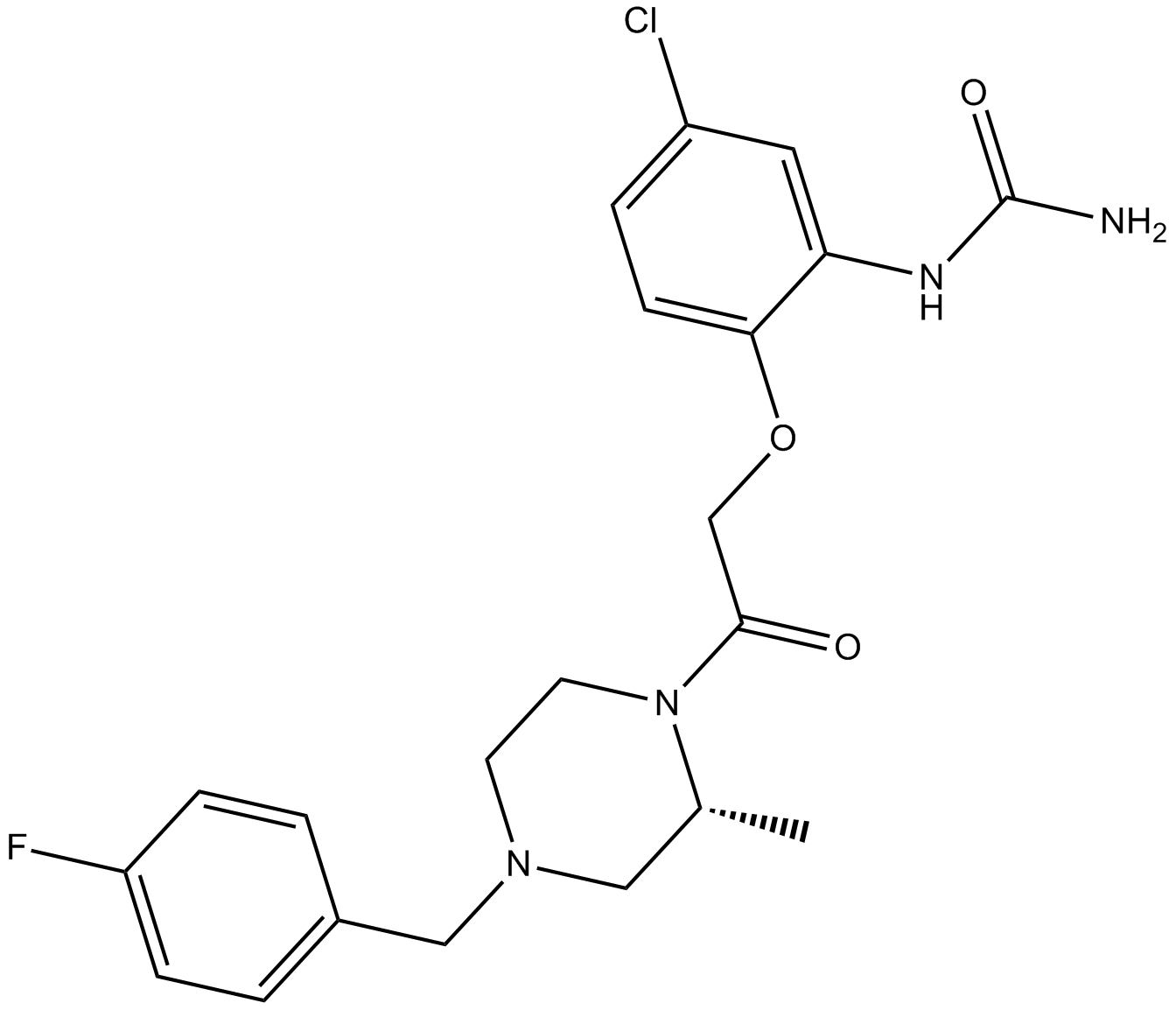 B5435 BX 471Summary: CCR1 antagonist,potent and selective
B5435 BX 471Summary: CCR1 antagonist,potent and selective -
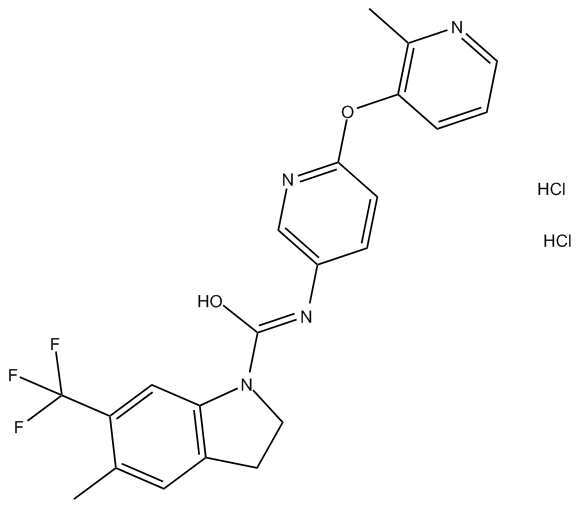 B5444 SB 243213 dihydrochlorideSummary: Selective 5-HT2C inverse agonist
B5444 SB 243213 dihydrochlorideSummary: Selective 5-HT2C inverse agonist -
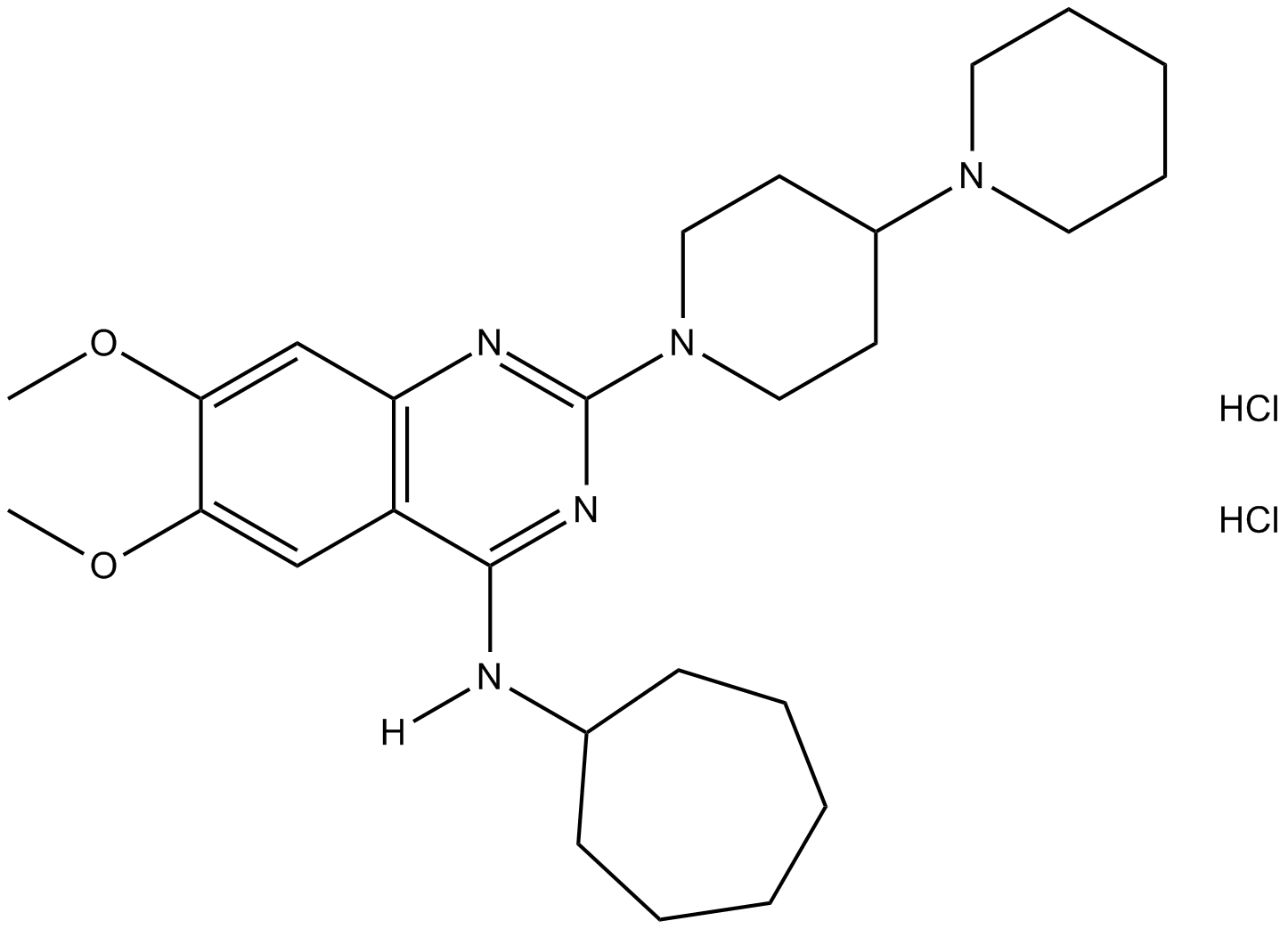 B5457 C 021 dihydrochlorideSummary: Potent CCR4 antagonist
B5457 C 021 dihydrochlorideSummary: Potent CCR4 antagonist -
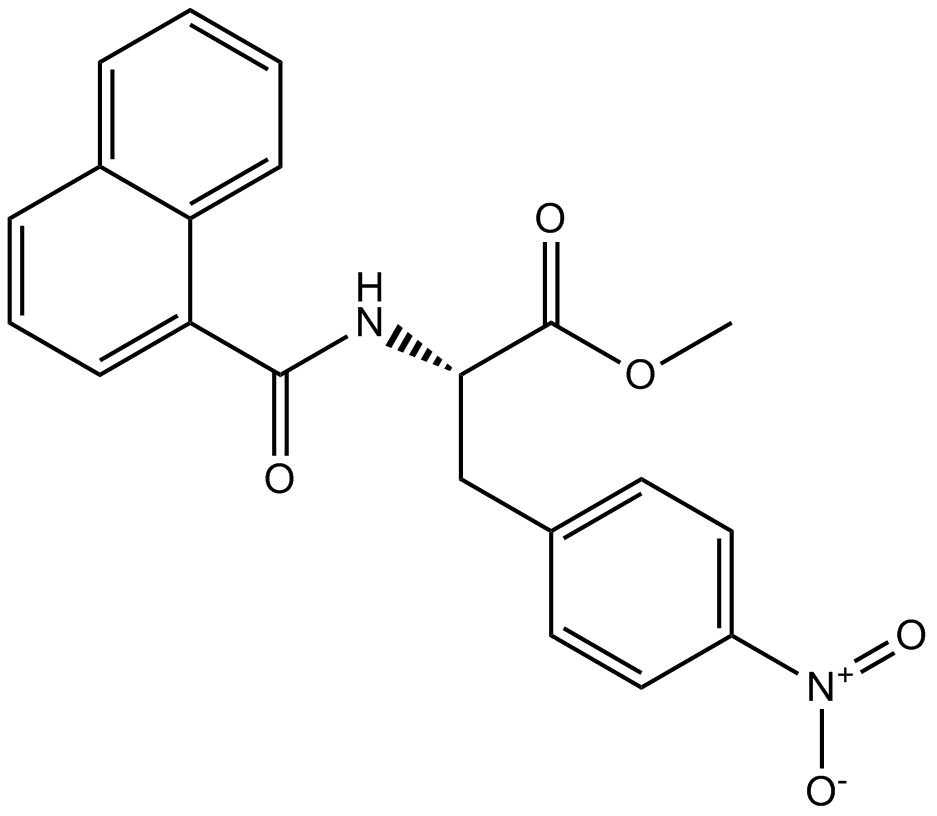 B5467 SB 328437Summary: CCR3 antagonist
B5467 SB 328437Summary: CCR3 antagonist -
 B5468 Teijin compound 1Summary: CCR2b receptor antagonist
B5468 Teijin compound 1Summary: CCR2b receptor antagonist -
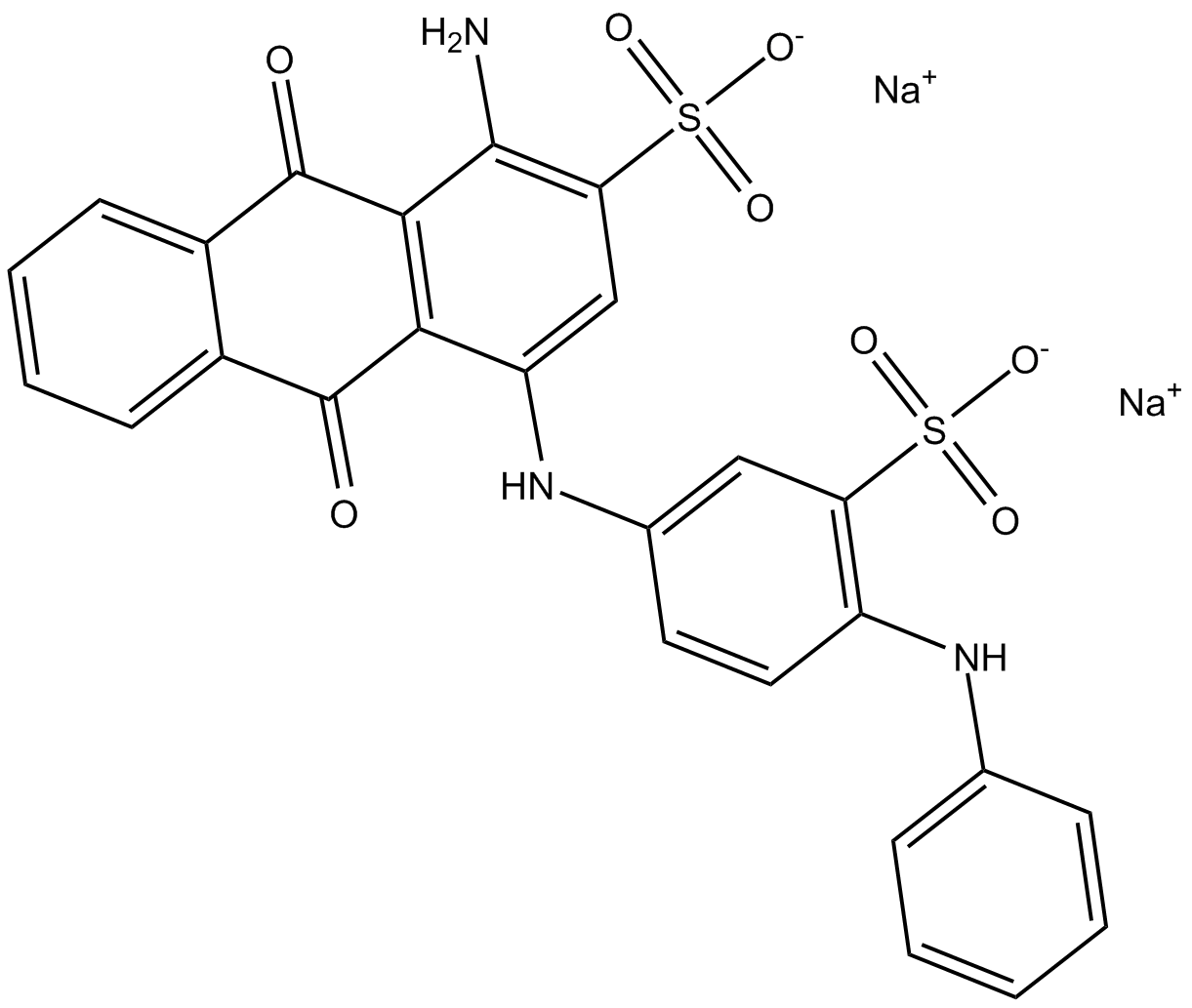 B5507 PSB 0739Summary: P2Y12 receptor antagonist
B5507 PSB 0739Summary: P2Y12 receptor antagonist -
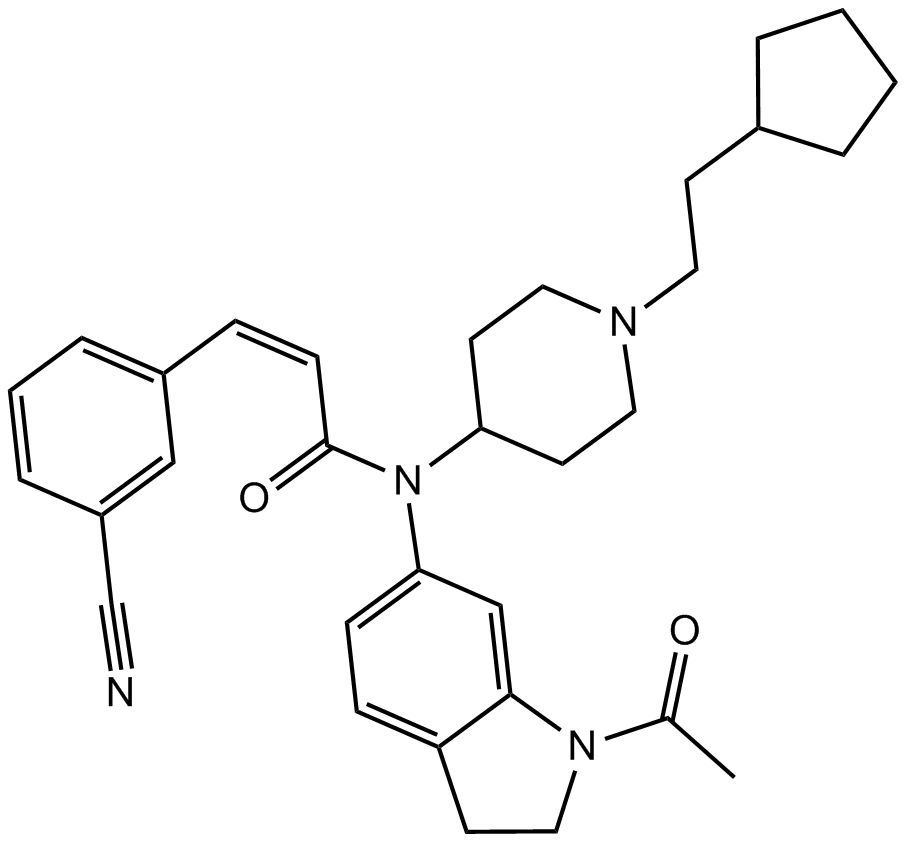 B5512 JNJ 5207787Summary: NPY Y2 antagonist
B5512 JNJ 5207787Summary: NPY Y2 antagonist -
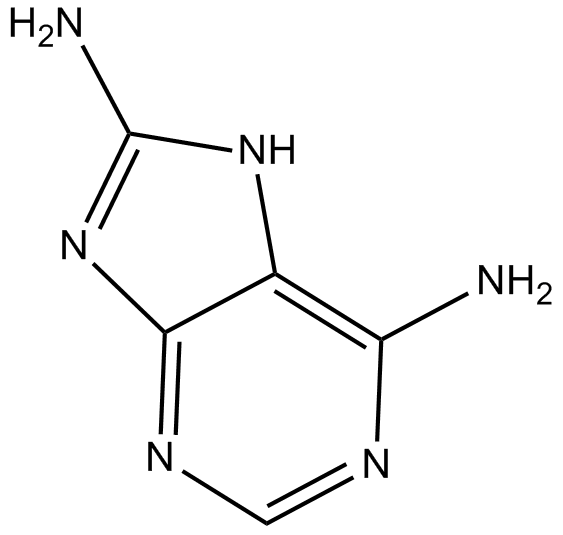 B5520 8-AminoadenineSummary: Adenine receptor agonist
B5520 8-AminoadenineSummary: Adenine receptor agonist -
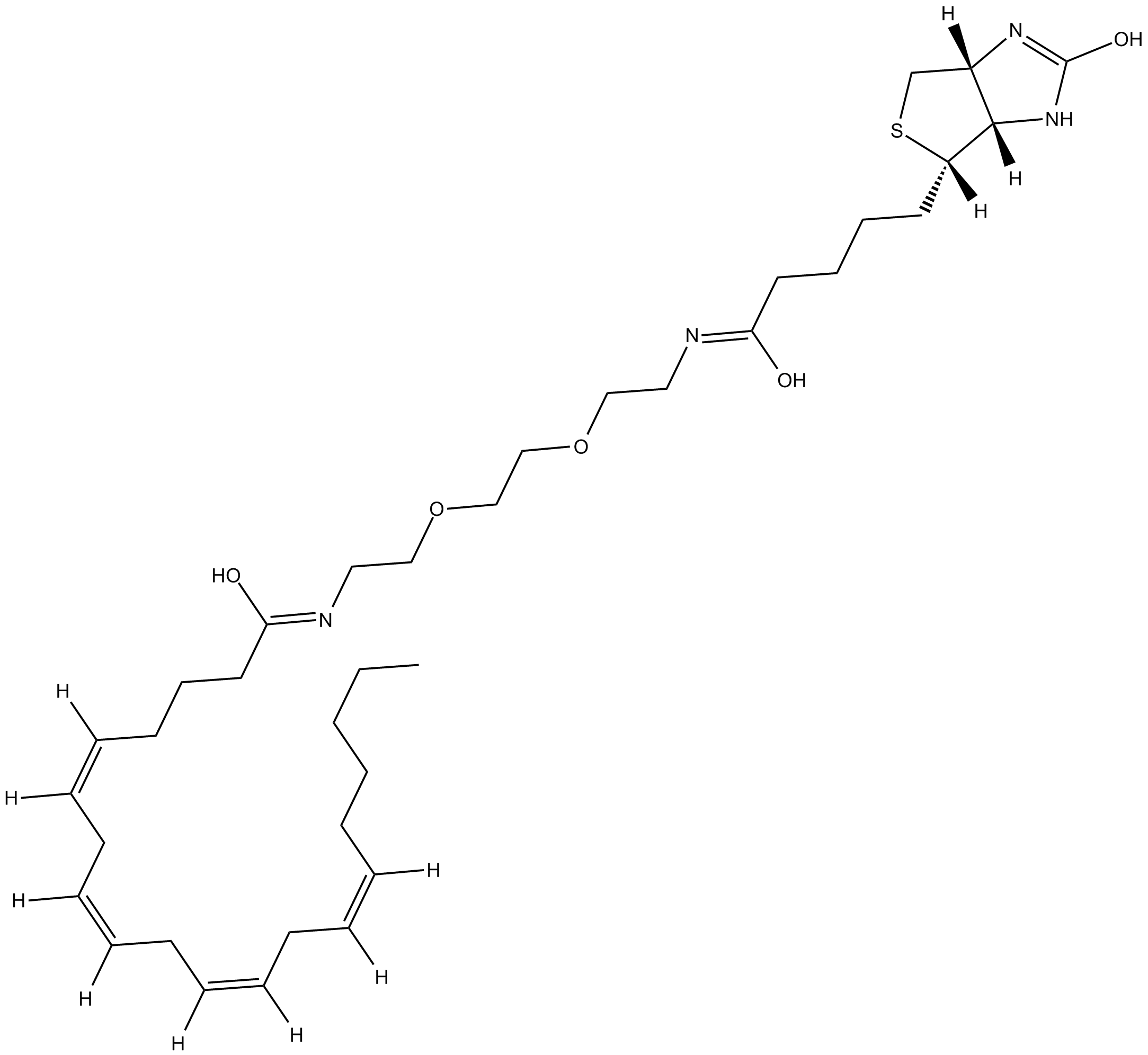 B5527 MM-22Summary: biotinylated anandamide analog acts as a probe for visualizing the accumulation and intracellular trafficking of anandamide
B5527 MM-22Summary: biotinylated anandamide analog acts as a probe for visualizing the accumulation and intracellular trafficking of anandamide -
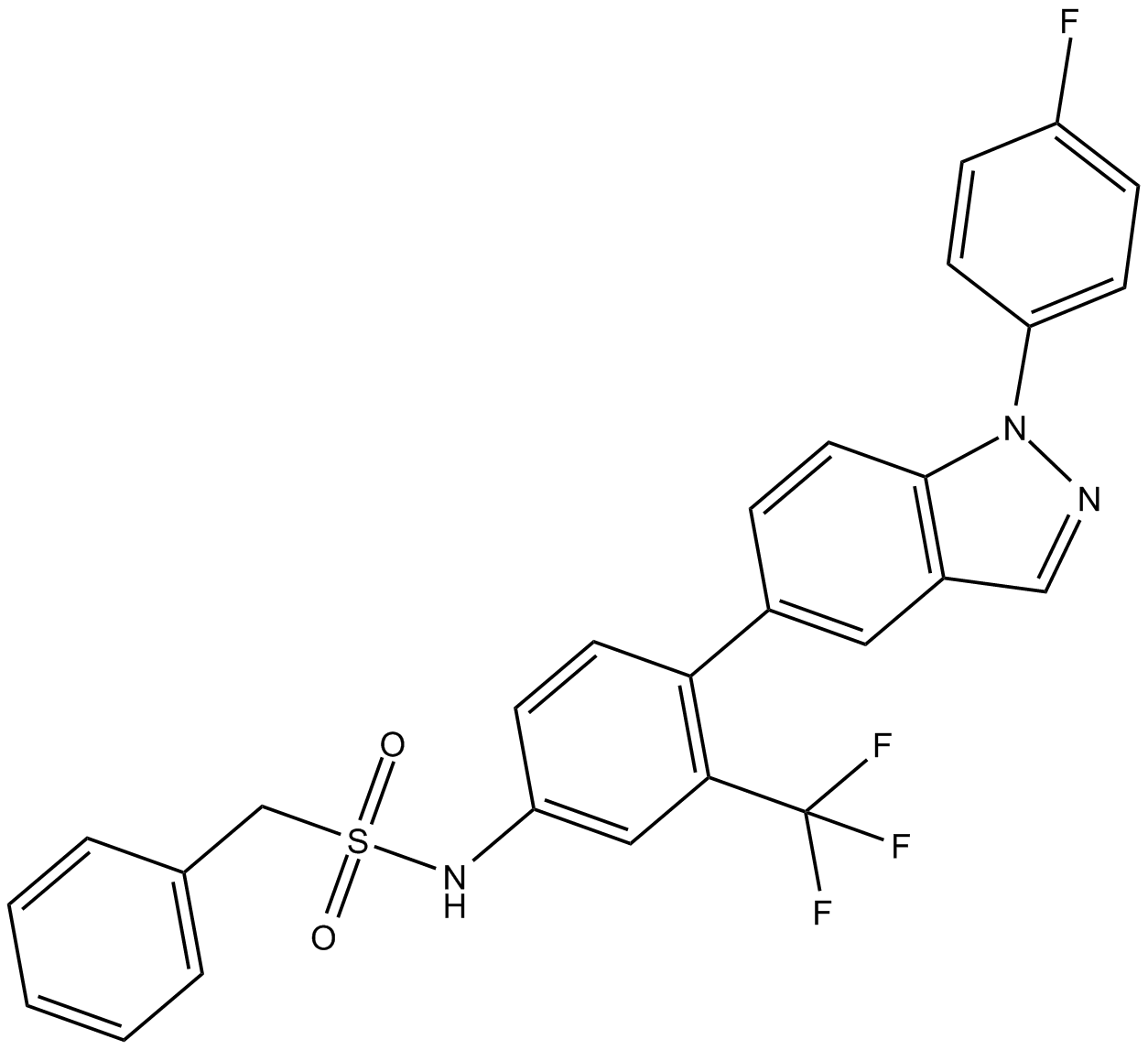 B5528 GSK 9027Summary: glucocorticoid receptor agonist
B5528 GSK 9027Summary: glucocorticoid receptor agonist


